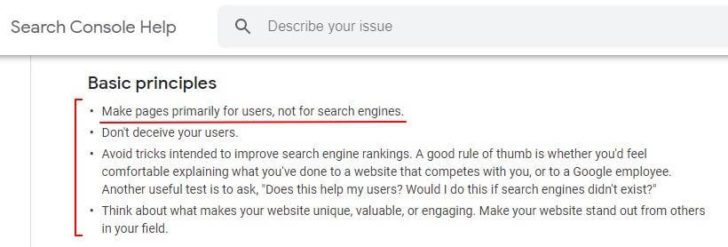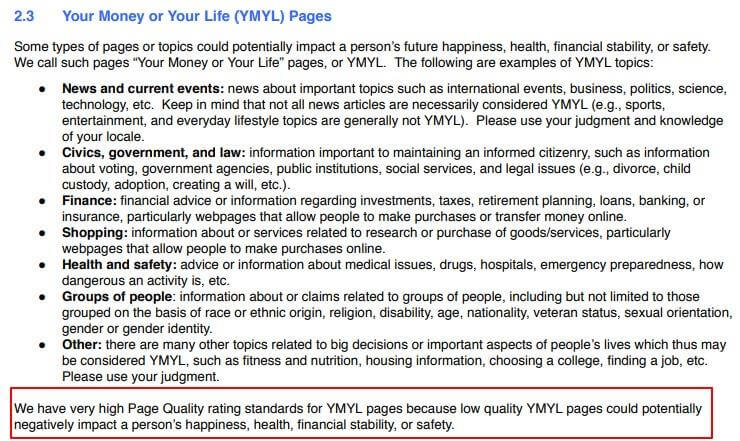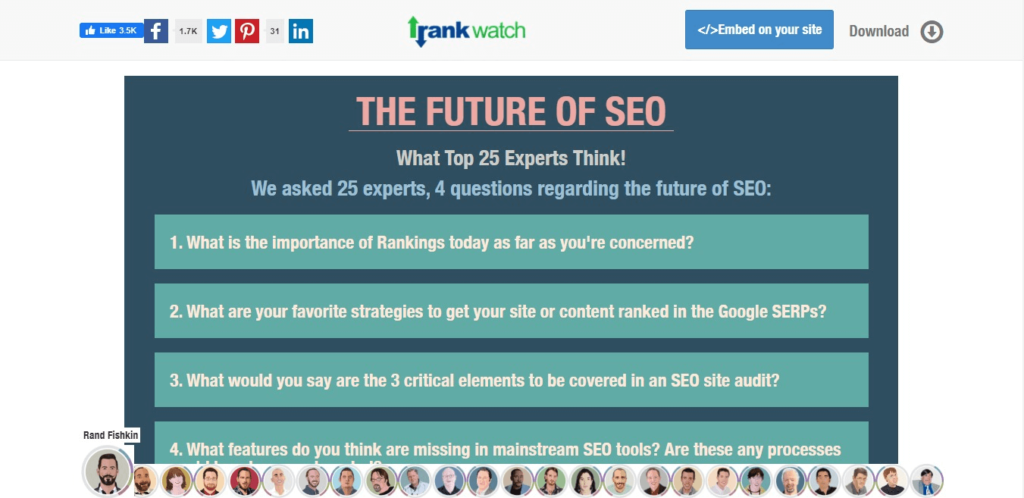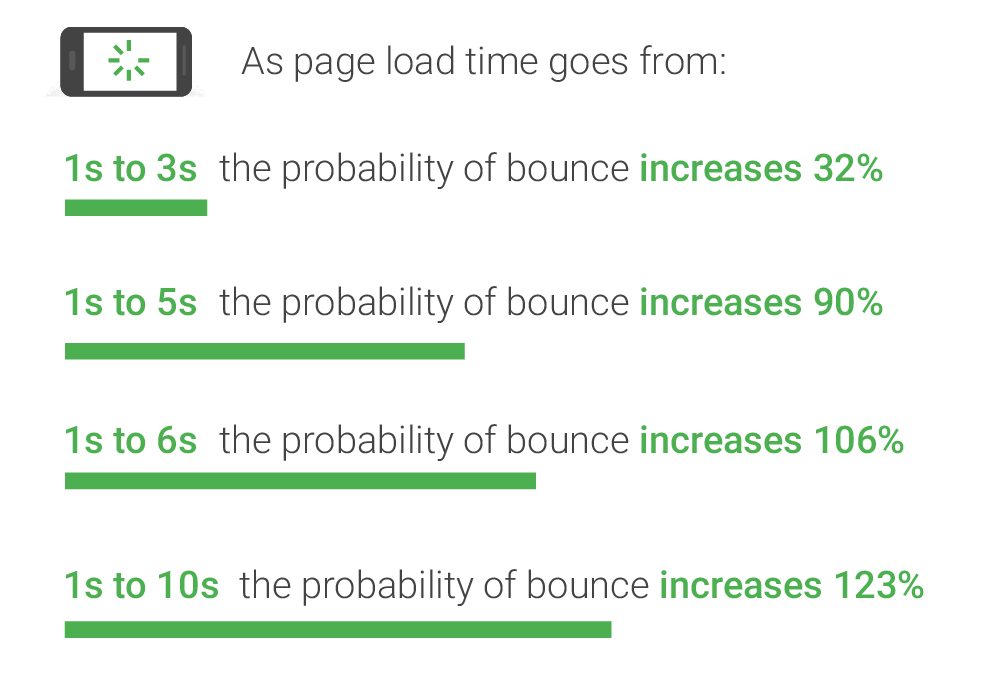Let’s admit it, all of us are trying our best to please search engines (SE) and cracking Google’s algorithm. After all, who doesn’t want some extra visibility and revenue?
Naturally, billions of websites are adopting innovative practices to gain Google’s attention and approval. In order to rank high on the SERP, businesses should comply with the Google updates that are introduced on a regular basis. But this, in no way, means finding loopholes in these search engine algorithms or adopting strategies to trick them. In fact, businesses employing such empty SEO tricks have to face the music later. Many firms already have experienced Google’s wrath in the past.
Google has been regularly introducing algorithm updates to improve the quality of its search results. But it also penalizes sites that employ unethical or outdated practices to rank higher. This can adversely impact a brand’s reputation and bottom line. Ideally, these updates should be used as a guide for improving a site’s UX, ranking on SERPs is an end result that will follow.
Read on to know the ill-effects of chasing Google’s algorithms. There’s also a bonus involved! You will also learn some effective tips to stay on top of these updates while boosting your business reputation.
1. Google penalties
Google’s algorithm updates are a solution to reward good content and identify and penalize websites using unethical and outdated SEO practices. Google absolutely doesn’t approve of tactics like keyword stuffing, buying links, linking to penalized sites, unnatural links, and others. Algorithm updates, Panda, Penguin, Pigeon, RankBrain, Broad Core, and others aim at improving the quality of search results for users.

Source: Google Webmaster Guideline
Thus, web developers, digital marketers, bloggers, and online businesses messing with these updates are penalized, sending their website plummeting down the SERP.
Google can penalize such websites in two ways –
A. Algorithmic penalty
Several other factors can cause your ranking to go down. Yet, with the introduction of an update, there’s a fair chance that your website may be affected. This is especially true if your site doesn’t adhere to the specific parameters assessed by the update.
For instance, Google Panda assigns a quality score to your site after checking for duplicate content and keyword stuffing. If your site has duplicate content, its ranking is bound to suffer.
Similarly, the latest January 2020 Core Update will be checking websites for authoritative and relevant content with a healthy E-A-T rating. So, if your website violates any of the guidelines shared by Google, it will automatically be penalized or filtered.
Make sure you check for issues in your domain on Google Search Console at regular intervals.
B. Manual penalty
This is a direct result of your website being penalized by a Google employee for not complying with the search quality guidelines. Manual penalties are Google’s way of punishing websites with spammy behavior. The Manual Actions Report on Search Console allows you to check such penalties, offering an opportunity to resolve them.
Check out this infographic by DigitalThirdCoast that shares an analysis of the businesses that tried to cheat Google along with the repercussions they had to face later.
2. Loss of reputation and credibility
Businesses obsessed with algorithm updates not only attract penalties but also lose focus on improving their site’s UX. Either way, the business loses its reputation and credibility. Lost reputation means an immediate loss of potential revenue, benefiting no one else but the competition.
Check out what John Mueller, Webmaster Trends Analyst at Google has to say about cleaning up the mess after being slapped by a Google penalty.

Source: Reddit
Of course, there are ways to recover from Google penalties. But it takes a lot of effort to rebuild the business reputation and trustworthiness, let alone improving the firm’s online ranking and winning back the lost customers.
3. Marketing myopia
One of the gravest dangers of being preoccupied with Google algorithm updates is losing sight of the business vision and goals. Instead of focusing on the audience’s needs the firm tends to adopt an inward-looking approach only to satisfy Google.
Google will forever introduce these updates. There’s no end to their journey towards improving the quality of search results. Google is clearly focused on its vision. Are you?
Don’t lose sight of your vision. Use Google’s algorithm updates as a guide to steer closer to your business goals.
What can you do to rank better on Google?
1. Don’t perennially chase Google updates
Google makes minor changes in its algorithm almost every other day. In 2019 alone multiple updates were reported. Not all were confirmed as Google is less upfront about these updates.

Source: Moz
The sole objective of these updates is to create a better user experience. Merely chasing them and going all over the place with execution will not only land you with a penalty but also affect your reputation in the long term.
Stop obsessing about these updates and focus on making your website and content better each day.
2. Focus on delivering first-rate digital experience
Google’s algorithms are constantly judging and rating sites based on the quality of experience they offer and their E-A-T rating. In a nutshell, you need to prioritize these pointers.
A. Serve quality content
“Quality” seems to be a subjective term but not for Google. The search giant clearly states that the content on a website should be in-depth, relevant, useful, and from a credible source. Simply put, it asks us to create E-A-T worthy content.
This is especially true for the YMYL websites that affect an individual’s health, happiness, safety, or financial stability.

(Source: Google’s Search Quality Guidelines)
Ask yourself these three questions when creating a piece of content:
- Is the content contributor an expert on the subject? (Expertise)
- Is the content contributor an influencer or an authority in the domain? (Authority)
- Is this content accurate and from a credible source? (Trustworthiness)
B. Work on your backlink profile
Backlinks are one of the top-ranking factors that help Google decide a website’s authority and credibility in its niche. Focus on getting quality backlinks from authority sites.
How?
Well, authoritative sites will award links to websites serving relevant, useful, and shareable content. Build authority by creating great content in various forms like videos, podcasts, case studies, infographics, and others.
You should also collaborate with experts for content-creation projects. For instance, expert roundups can not only strengthen your network with influential people in a niche but also provide solid content for your upcoming posts.

(Source: https://ift.tt/1LEd4n3)
Check out how RankWatch conducted an expert roundup involving 25 marketing experts like Rand Fishkin and Barry Adams to discuss the future of SEO. Such inbound link-building initiatives have earned the website a healthy number of backlinks from websites with healthy page authority (PA).
Here are the results as seen on MozBar.

Source: Moz Analytics
C. Improve your site speed
A website’s bounce rate is directly proportional to its load time. Google recommends having a site speed index of under three seconds.

Source: Think with Google
If your website takes longer than three seconds to load, be prepared to wear Google’s “Badge of Shame”. You read it right! Google’s planning to slap slow websites with this badge.

Source: Chromium blog
It’s best suggested to take effective steps to improve your site speed which will, in turn, boost your site’s UX and improve your ranking.
D. Avoid over-optimizing webpages
Google will see through any unscrupulous SEO hacks that are employed to game the system. Build sites to improve your audience’s online experience, not to trick Google. We will touch such unethical practices at the next point.
3. Play by the rules
Though Google isn’t transparent with its algorithm updates, it keeps sharing valuable tips for webmasters and content creators, encouraging them to serve quality content and boost their site’s UX. Use these tips to your advantage.
A. Take learnings from the search quality guidelines
Google wants webmasters to follow its guidelines when building sites and posting online content. So, it’s important to constantly stay updated about the current guidelines. Refer to the search quality guidelines when creating an SEO strategy for your business.
B. Avoid black and gray-hat SEO tactics
Avoid using black-hat SEO techniques and monetization schemes like keyword stuffing, private blog networks, spammy links, and affiliate links among others. Moreover, Google absolutely disapproves of gray-hat SEO tricks like buying expired domains, cloaking, dummy social accounts, and scraped content among others. These techniques normally go unnoticed but when used excessively are spotted by Google, attracting a penalty.
Therefore, it’s best to avoid both these unethical SEO tactics that only focus on tricking the algorithm. Make delivering value to users a priority!
4. Check for crawl errors
At times, your website isn’t featured in the top searched because Google’s spiders haven’t crawled it. One of the major reasons for this is a possible error in your code. Use Google’s Index Coverage report and URL Inspection tool to identify and fix the gaps in your code.
Also, remember to optimize your crawl budget to ensure that your important webpages in Robots.txt are crawled. Finally, watch out for 301 and 302 redirect chains that can hurt your crawl limit and cause the SE crawler to stop crawling your site.
Wrapping up
A website doesn’t enjoy high visibility on Google, it practically doesn’t exist. Therefore, everyone’s bending over backward to crack Google’s algorithm updates. However, businesses adopting strategies merely to trick Google are headed for a slippery slope.
Google’s algorithms are smart enough to identify and punish websites that are up to no good. So, take my advice – instead of trying to crack Google’s algorithm updates, work towards creating awesome content and offering the best experience to users. The tips shared in this post will guide you in the process.
George Konidis is the co-founder of Growing Search, a Canadian based digital marketing agency providing optimal SEO and link building services worldwide. He can be found on Twitter @georgekonidis.
The post The perils of tricking Google’s algorithm appeared first on Search Engine Watch.
from SEO – Search Engine Watch https://ift.tt/2S4ln47
via IFTTT

No comments:
Post a Comment